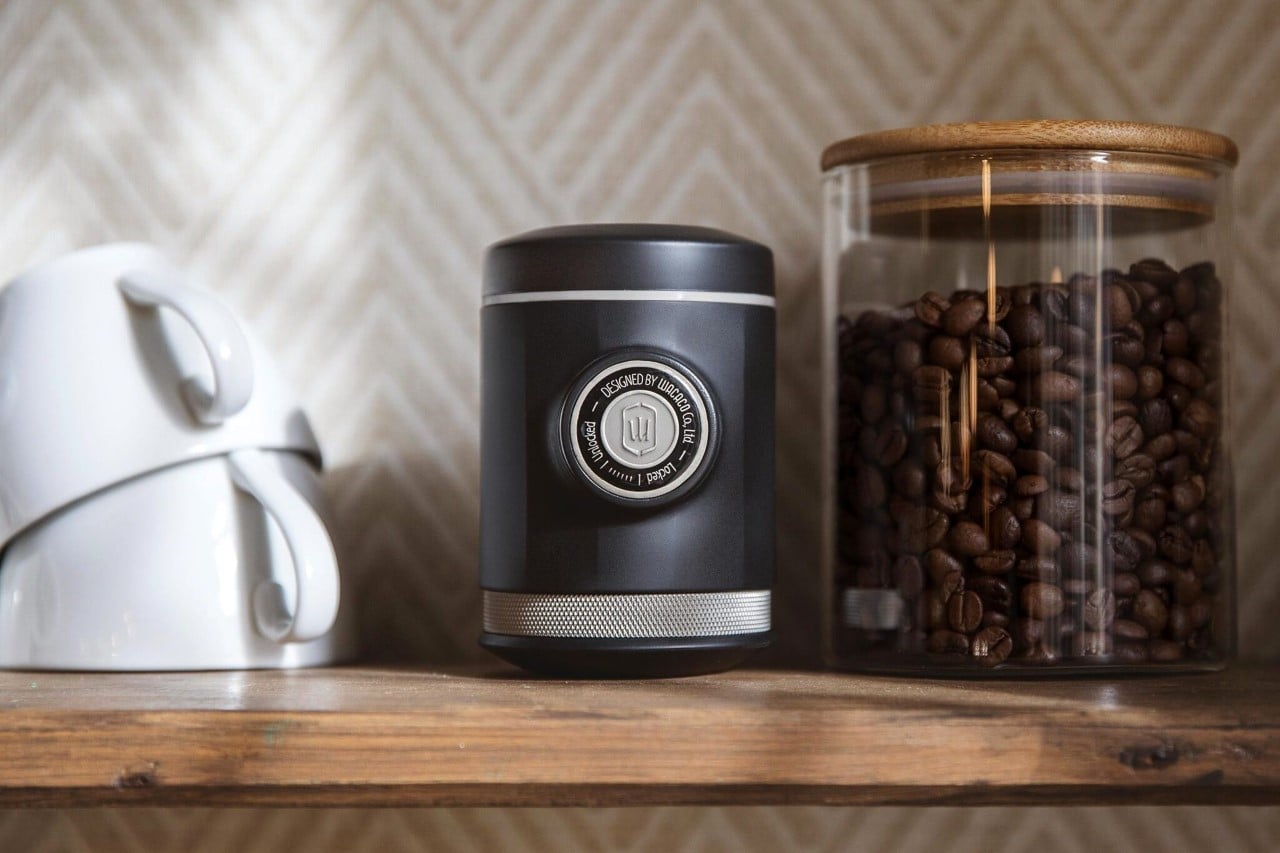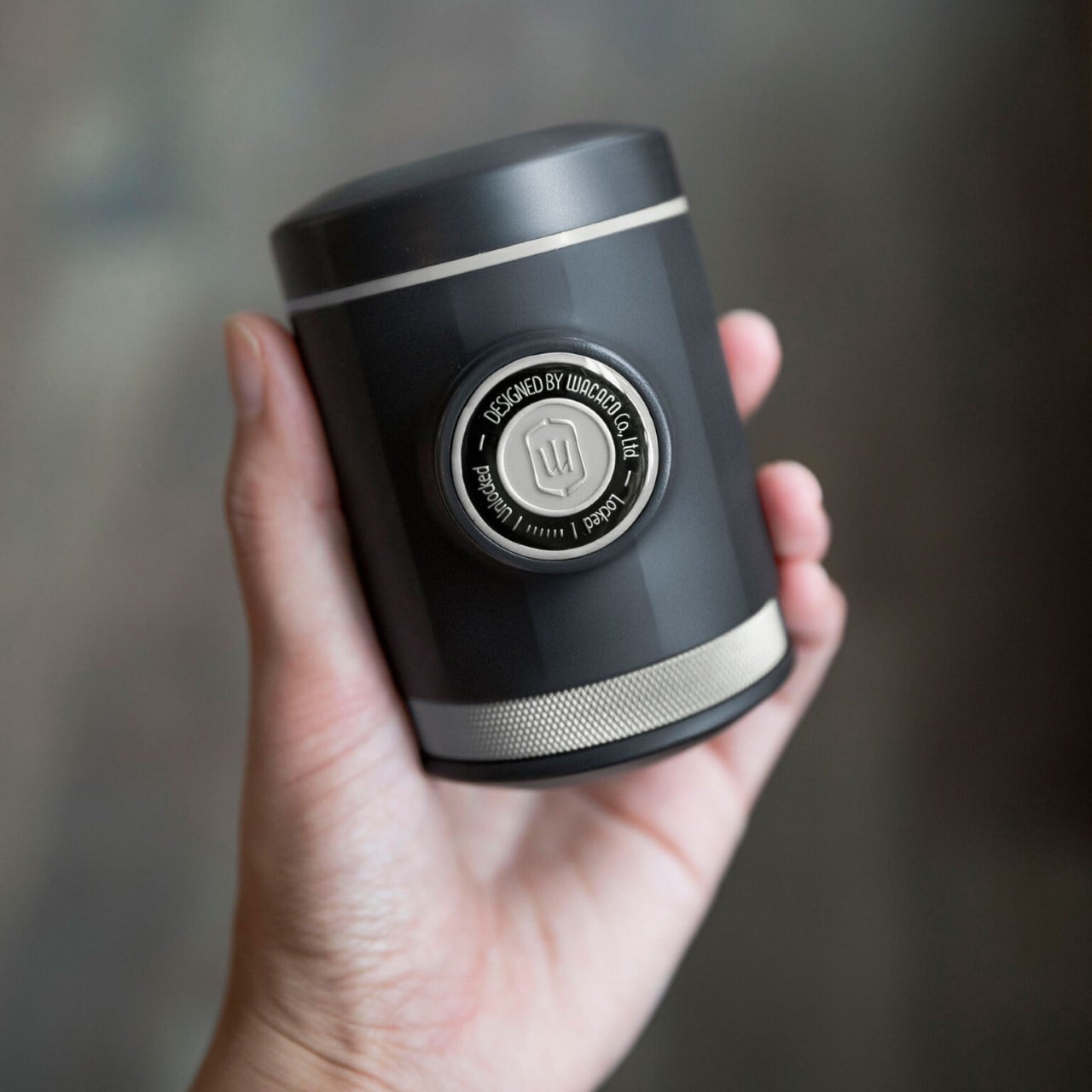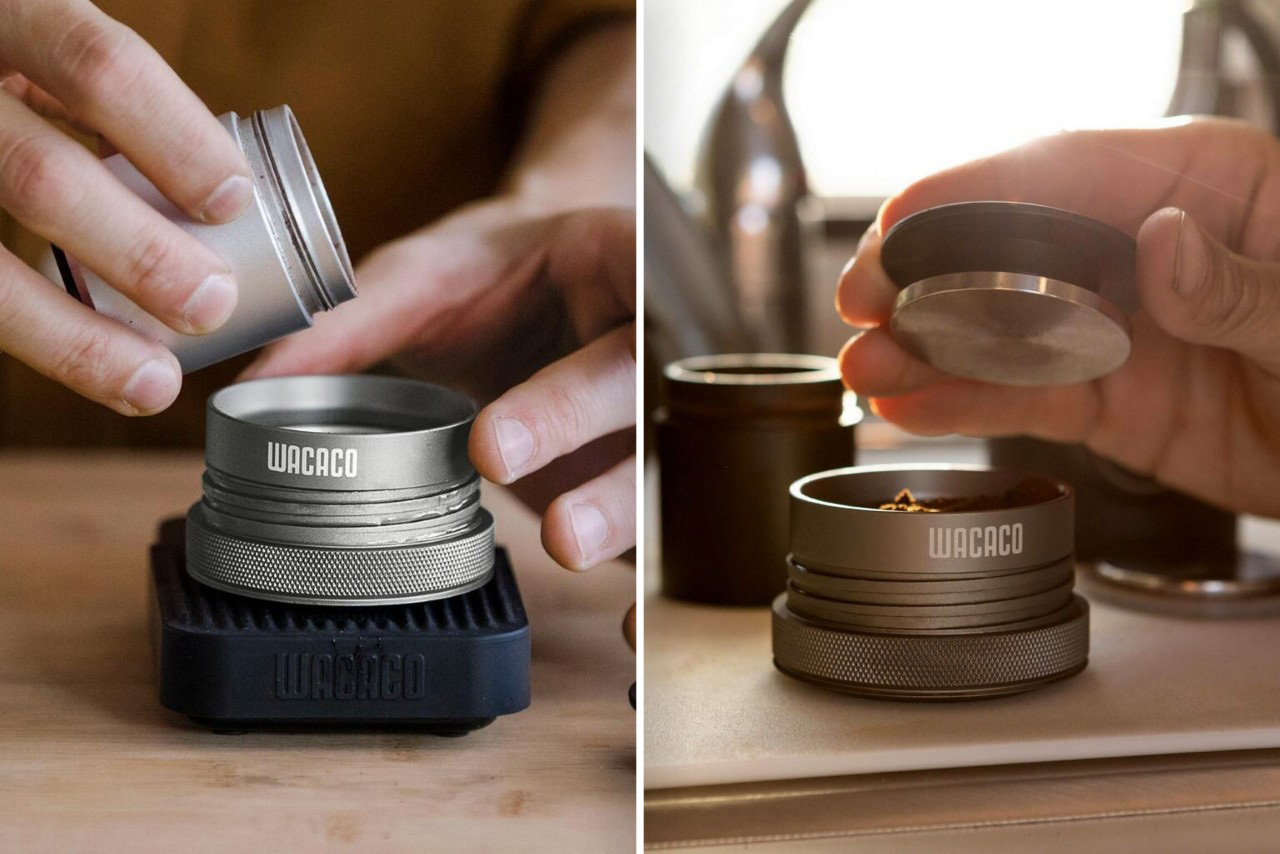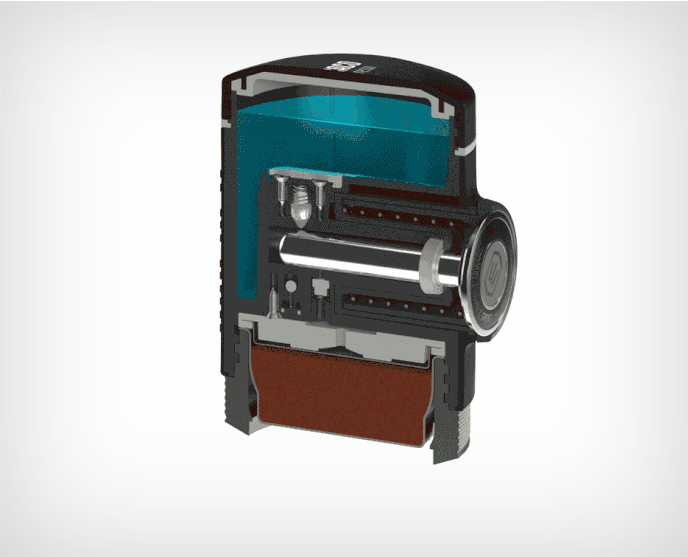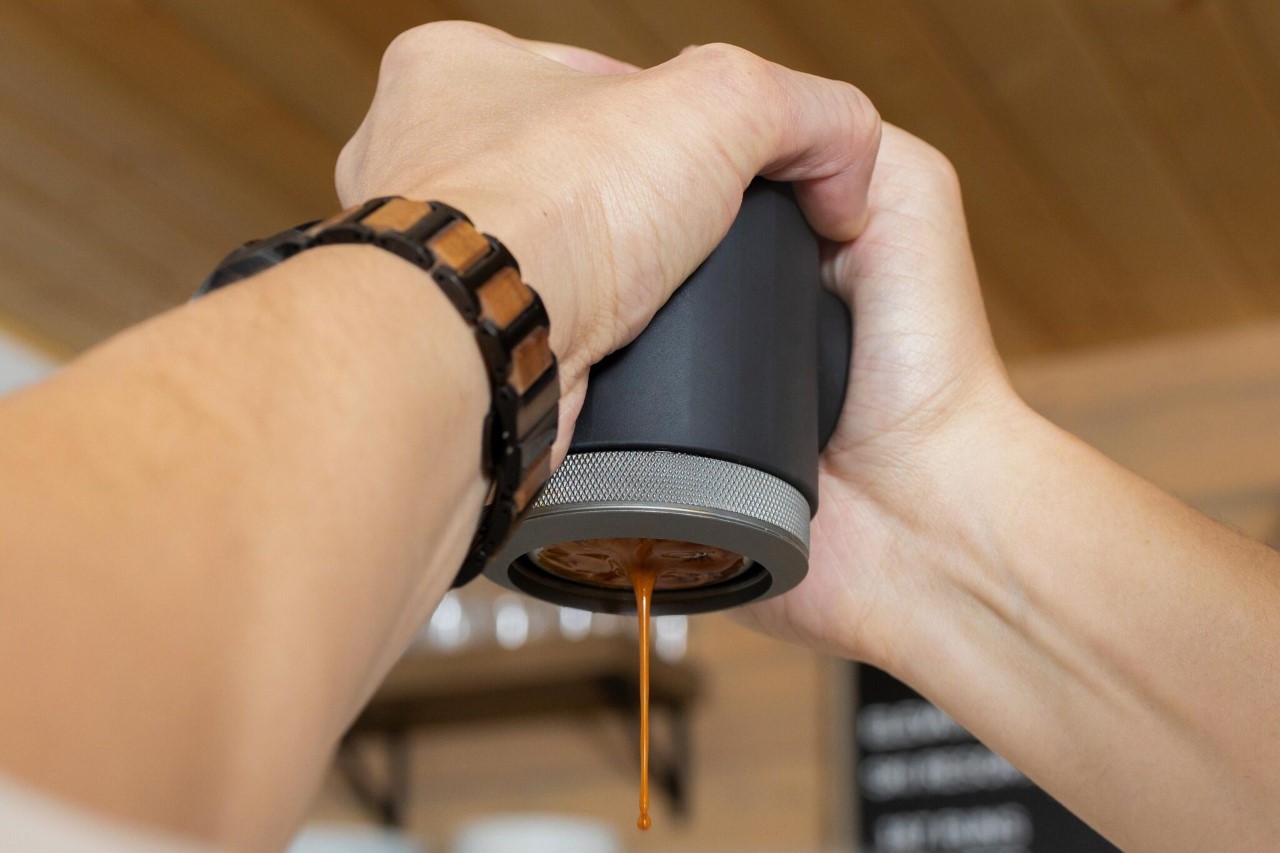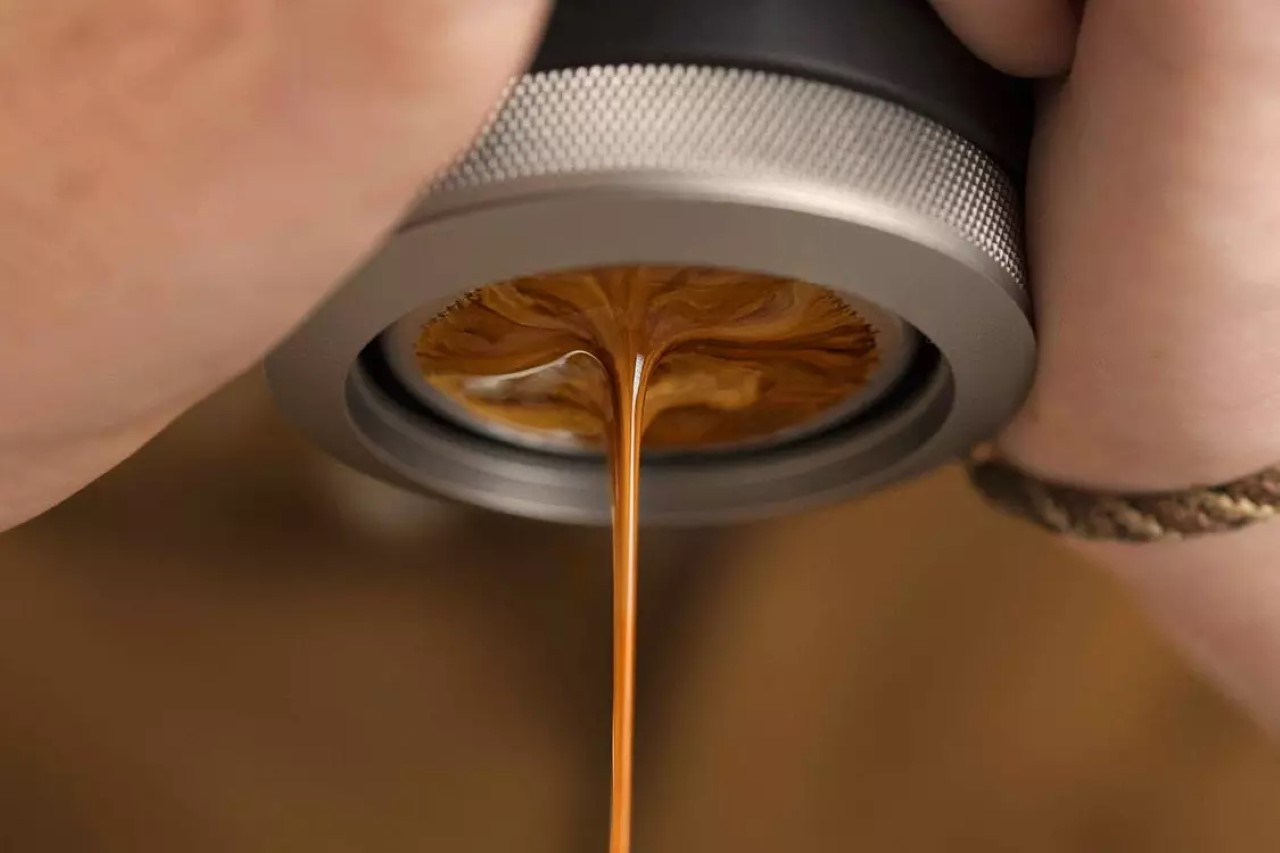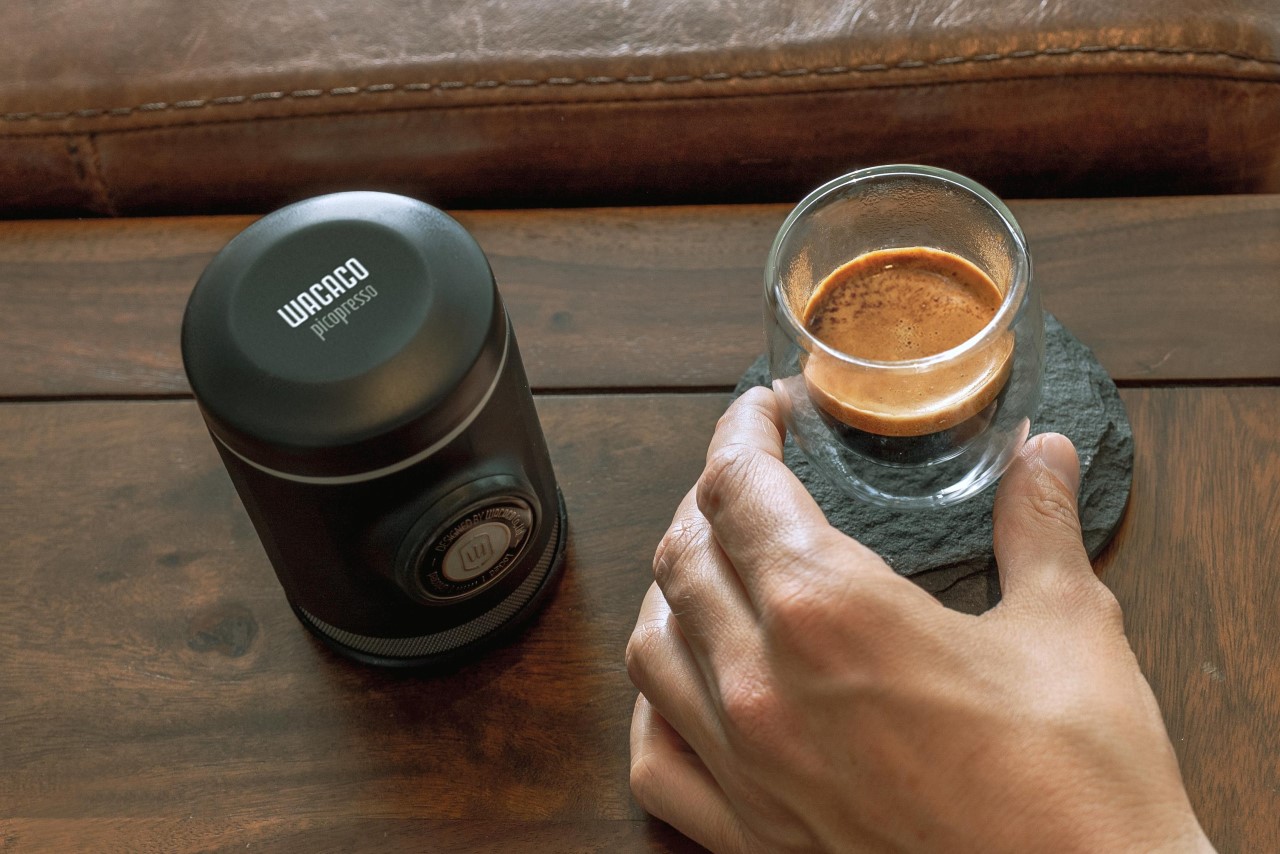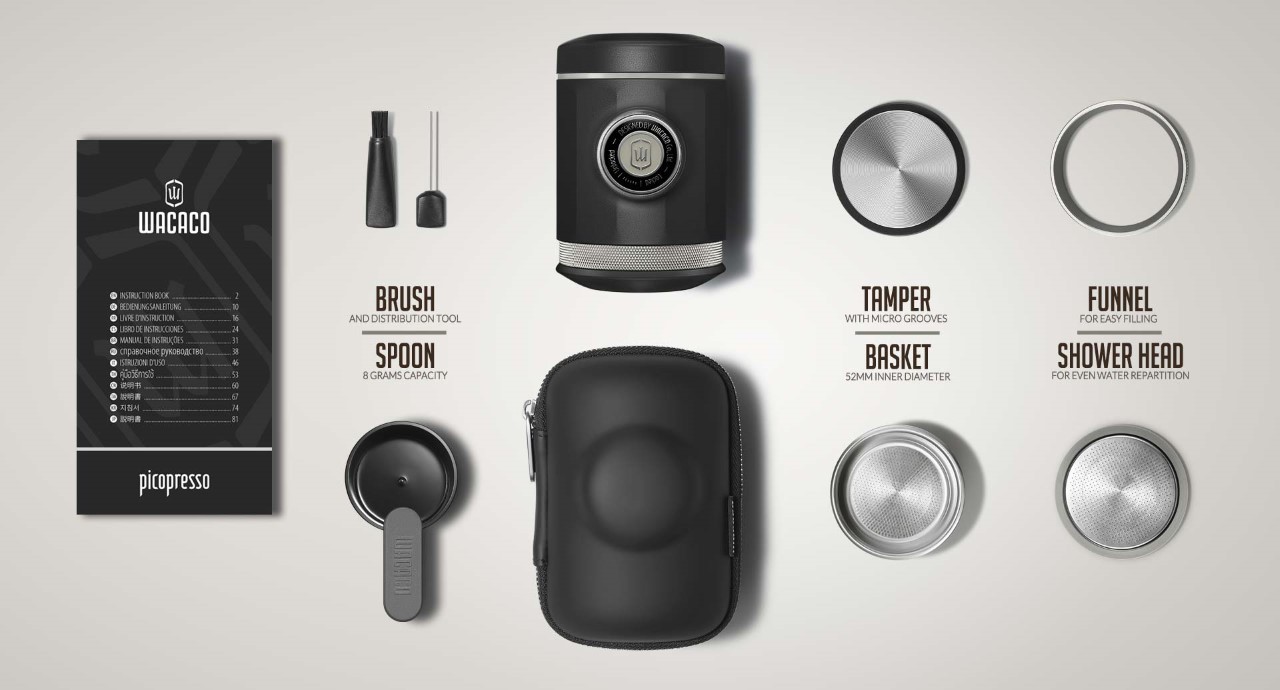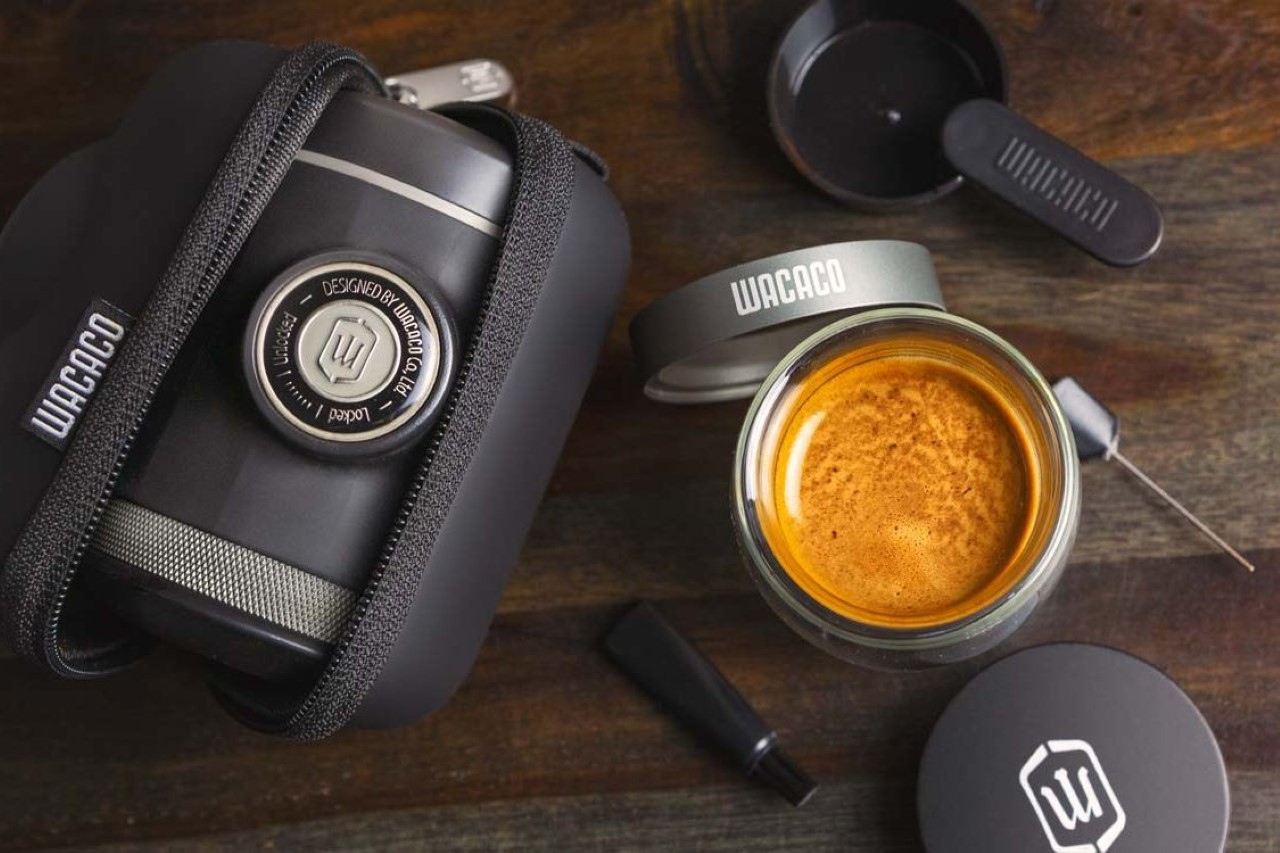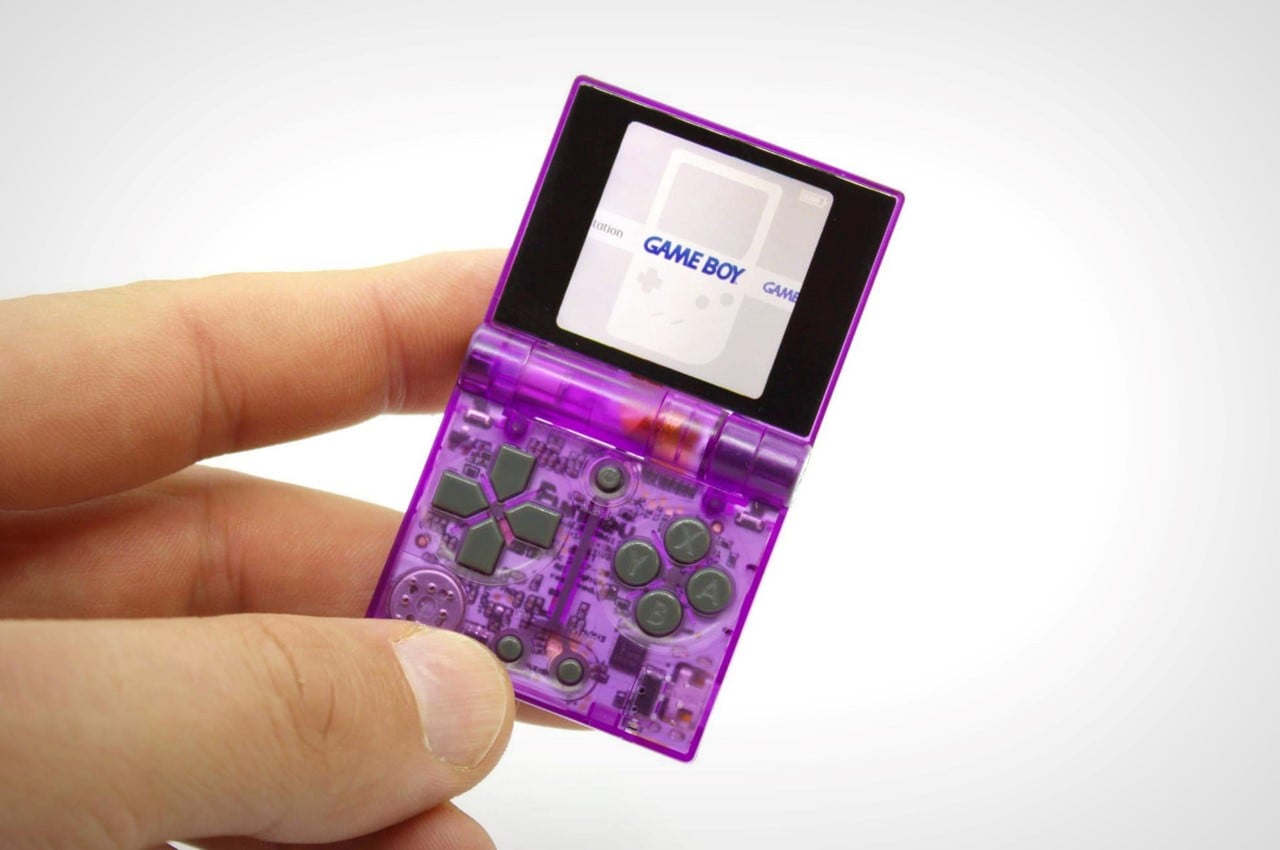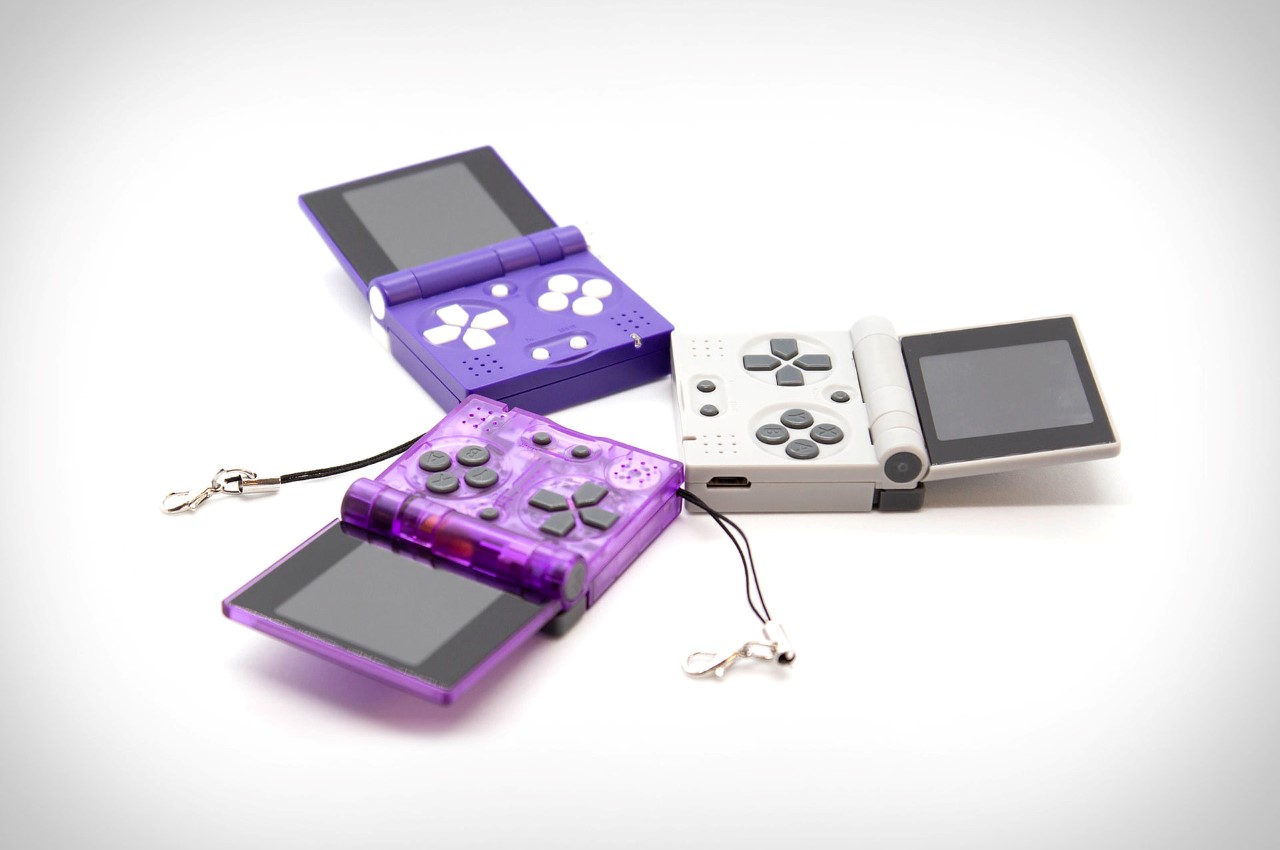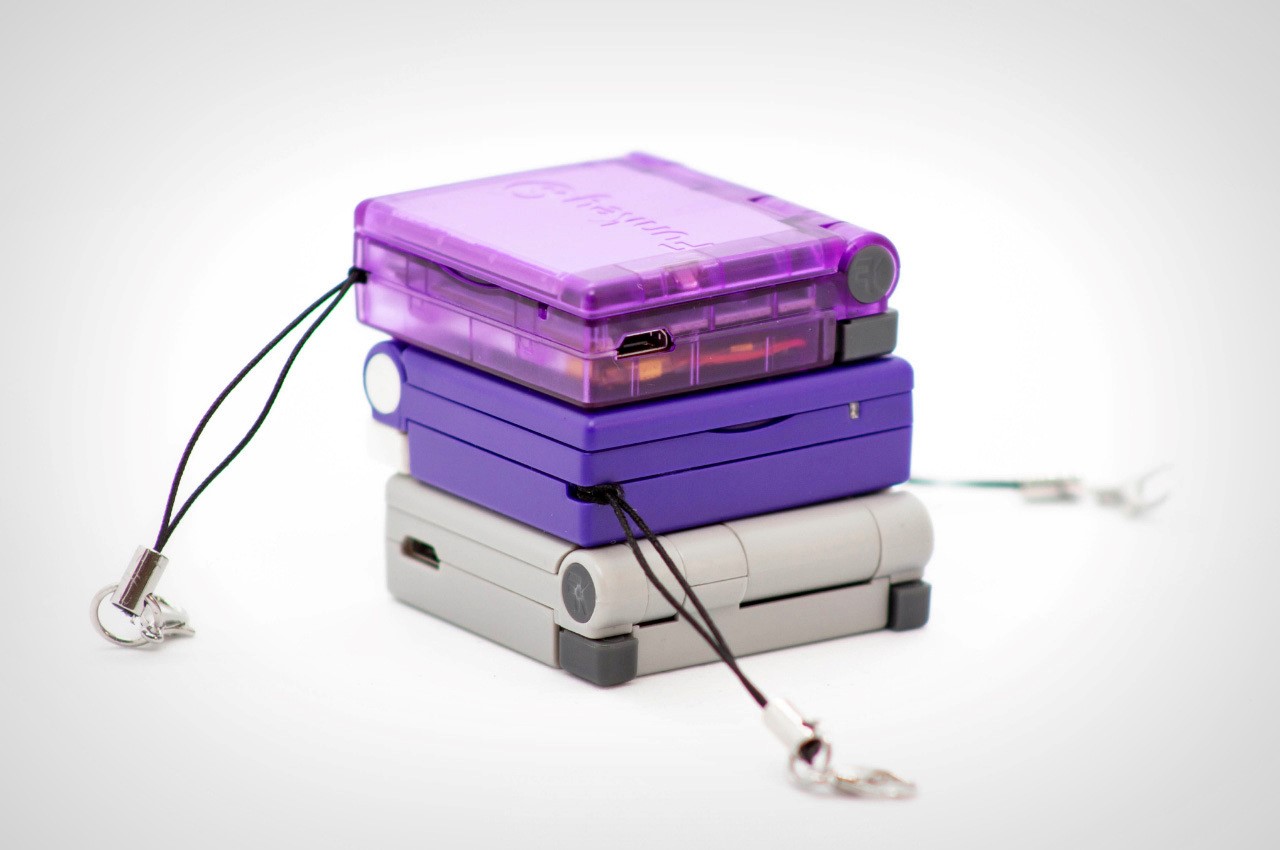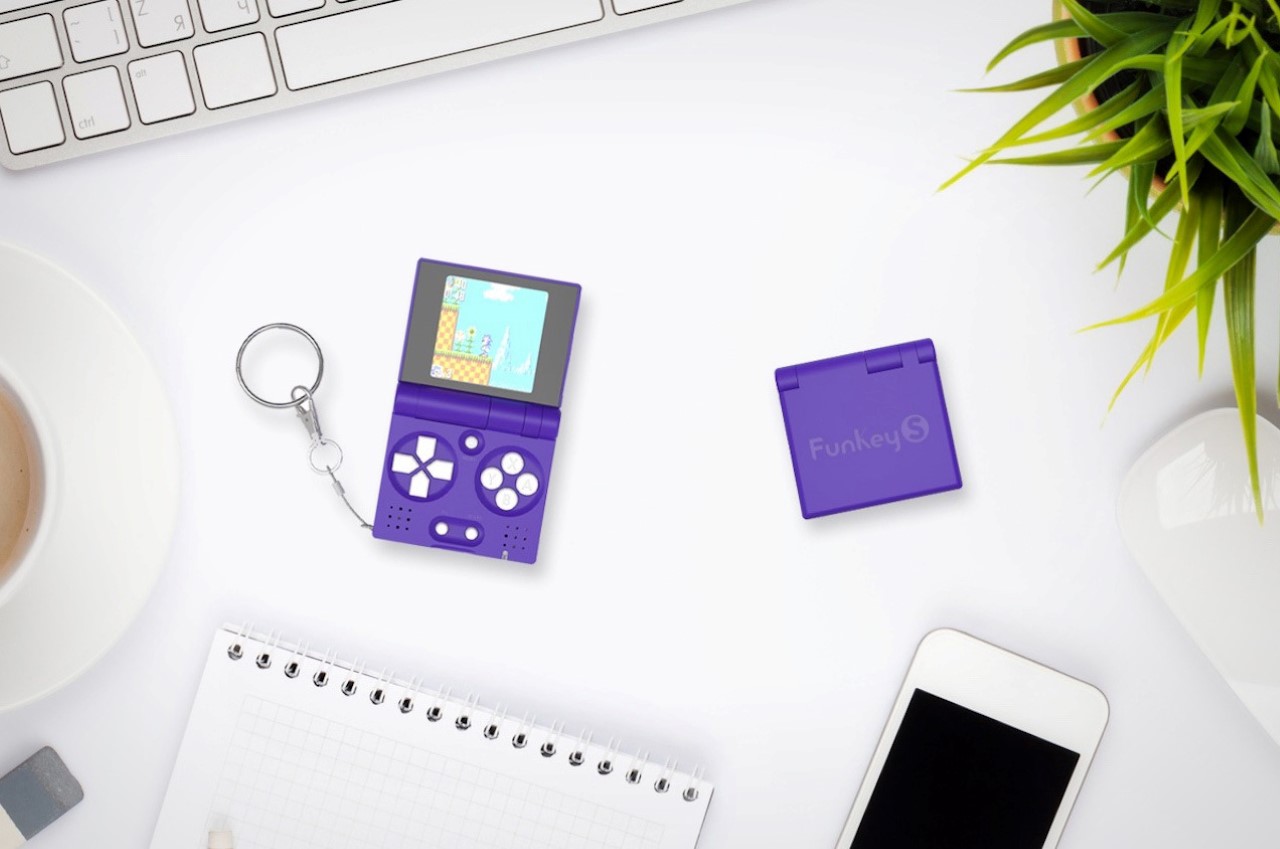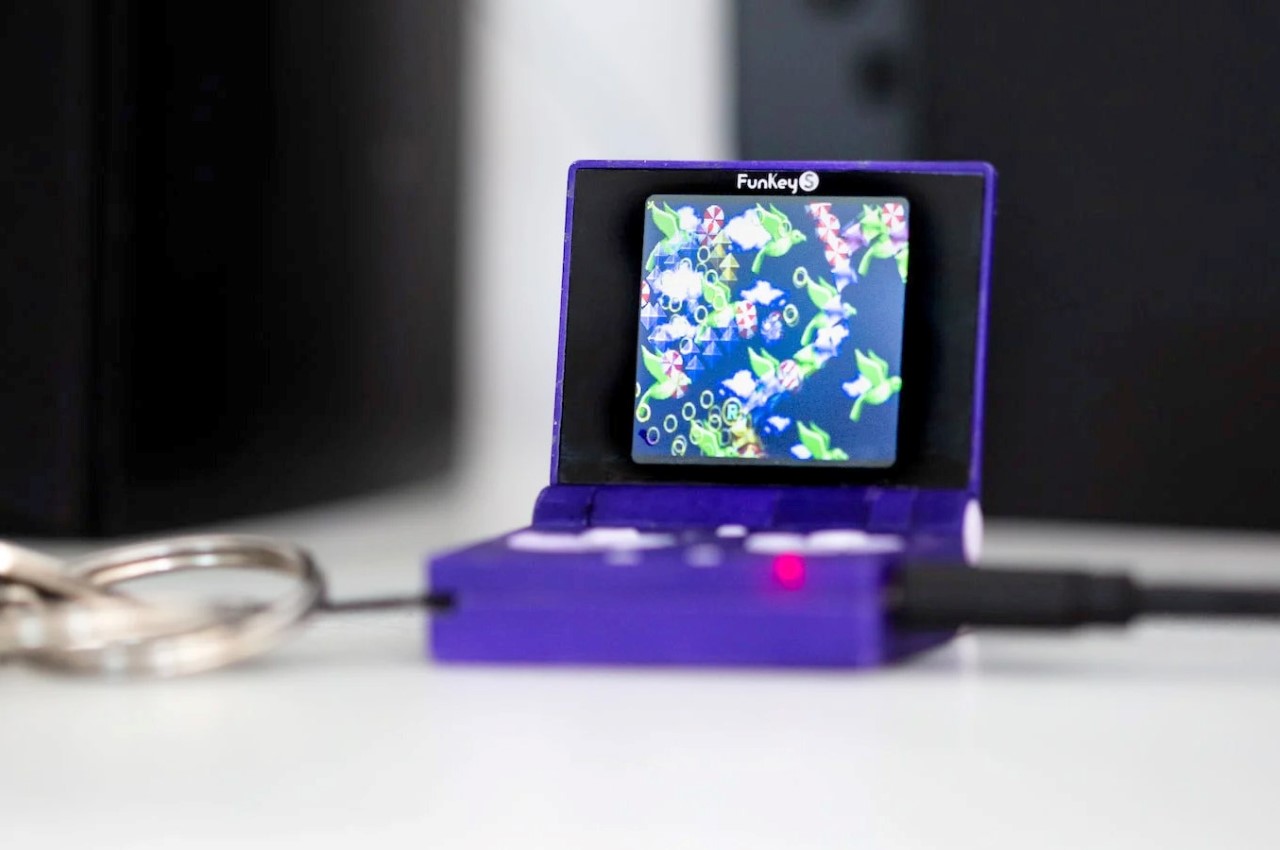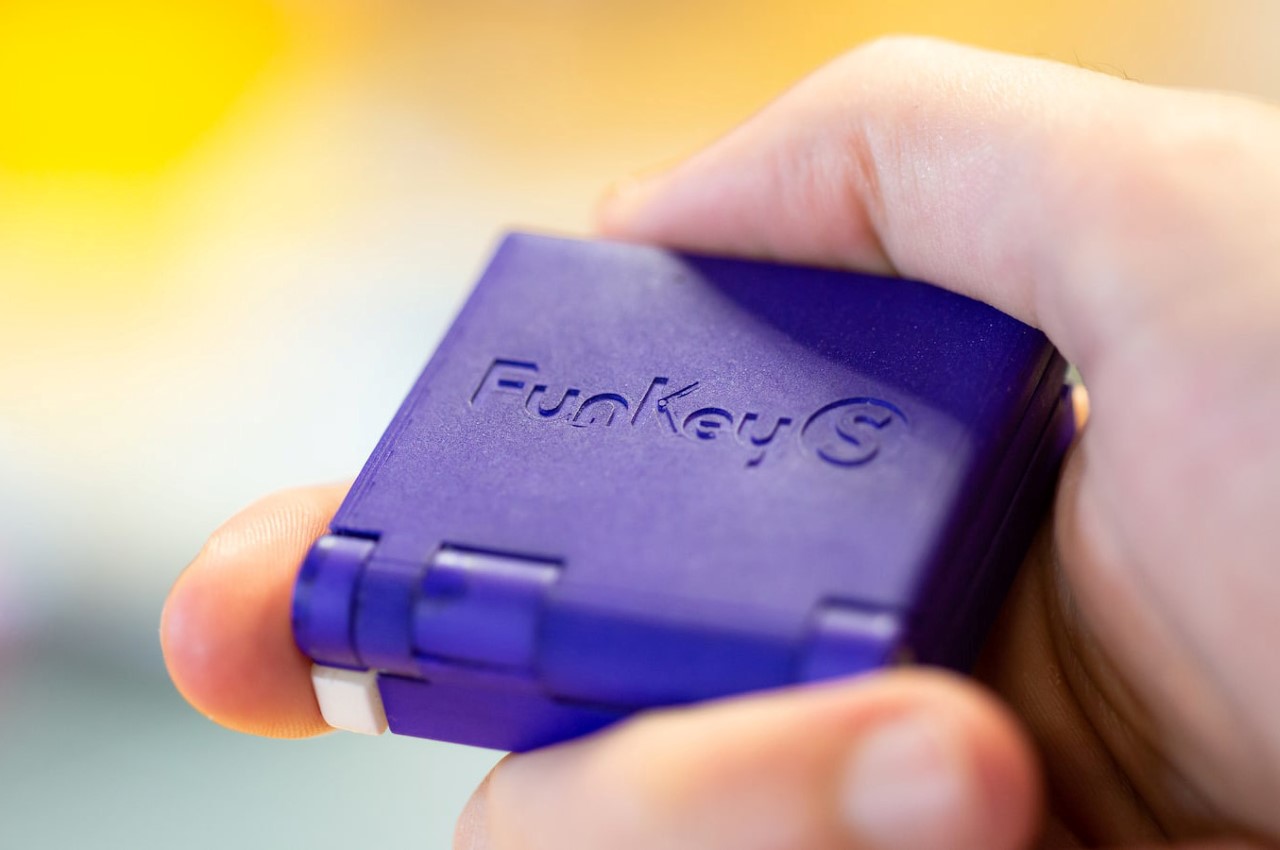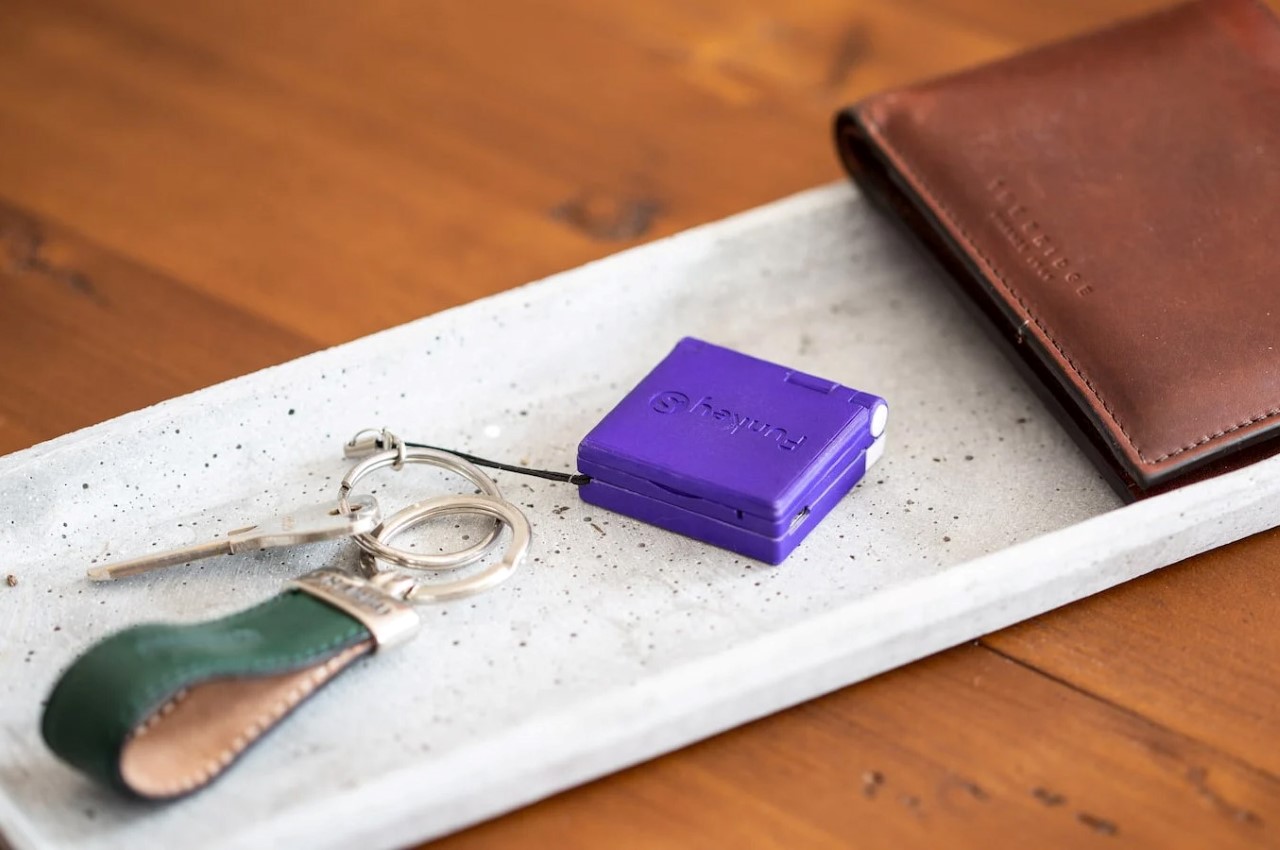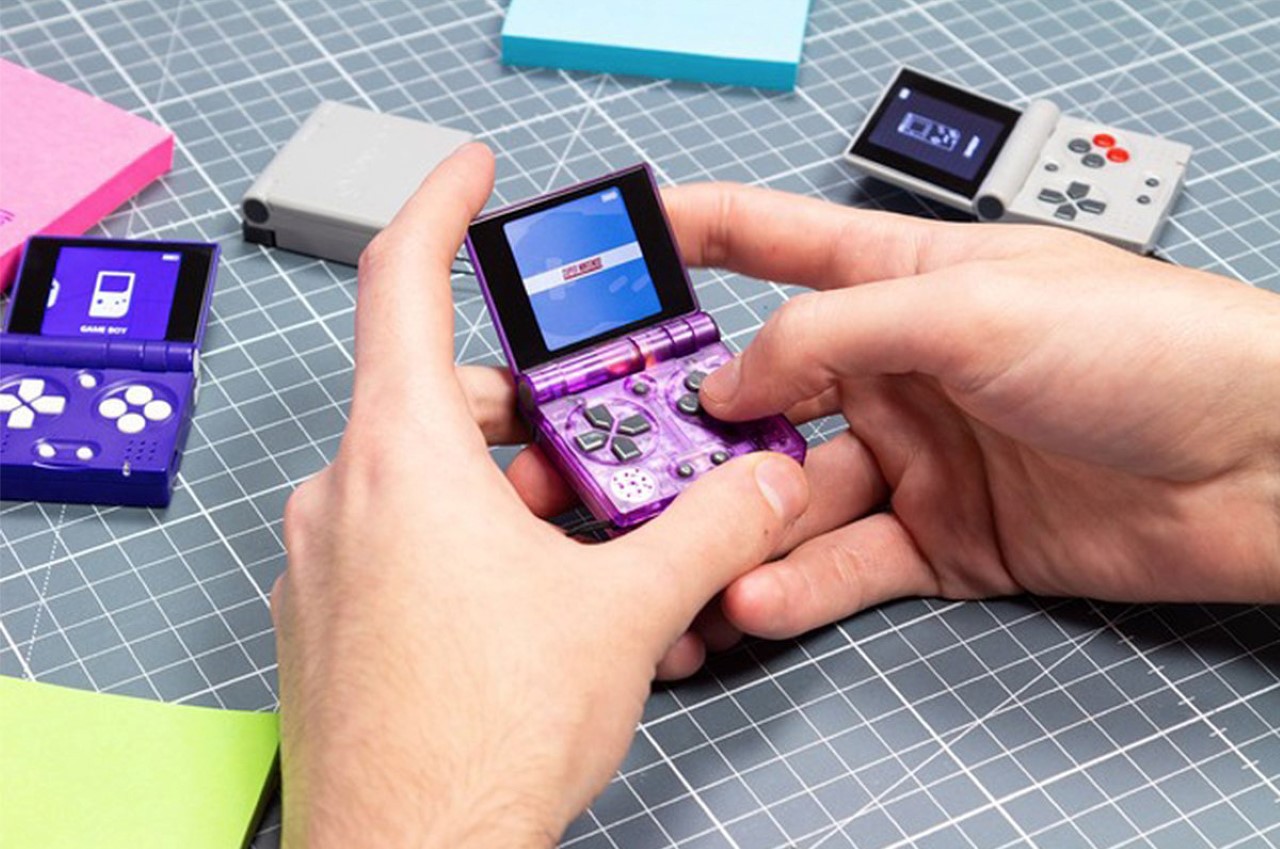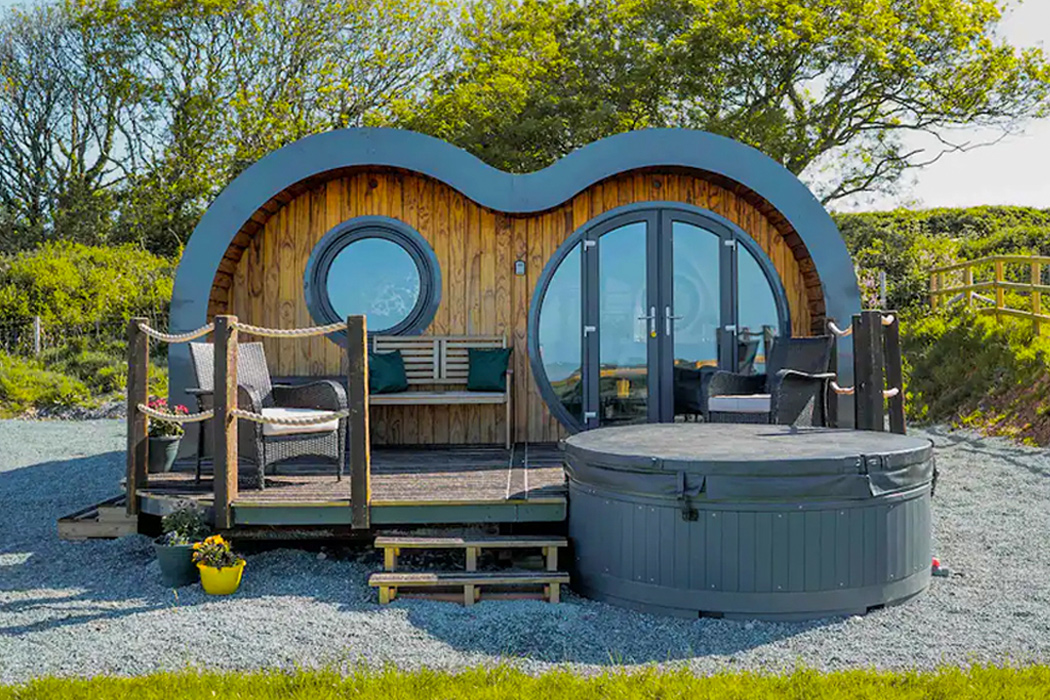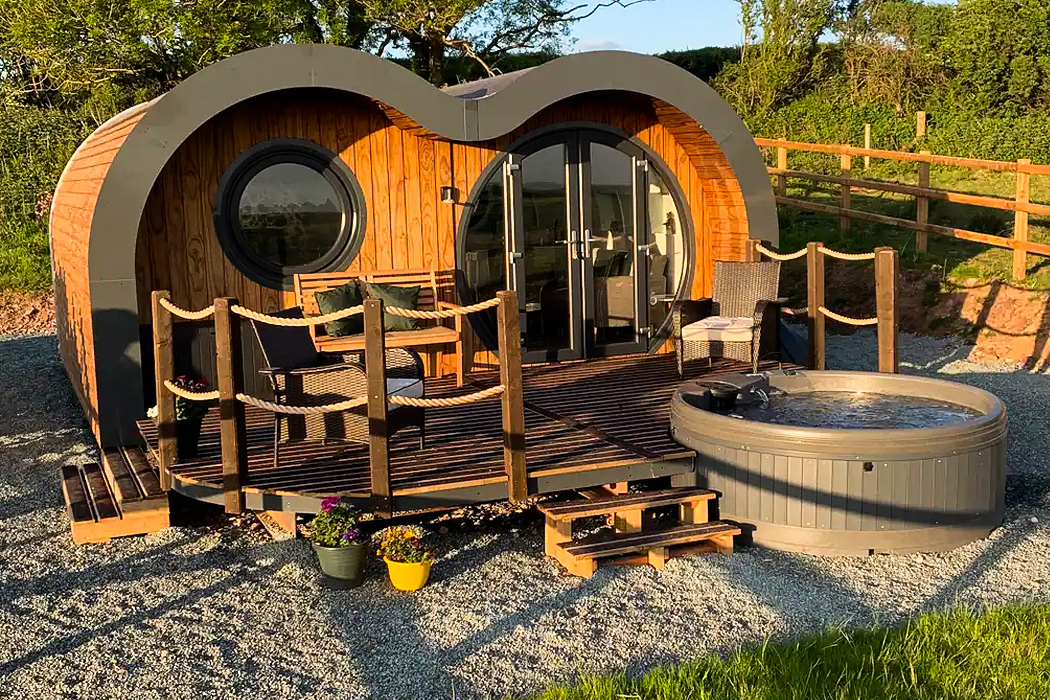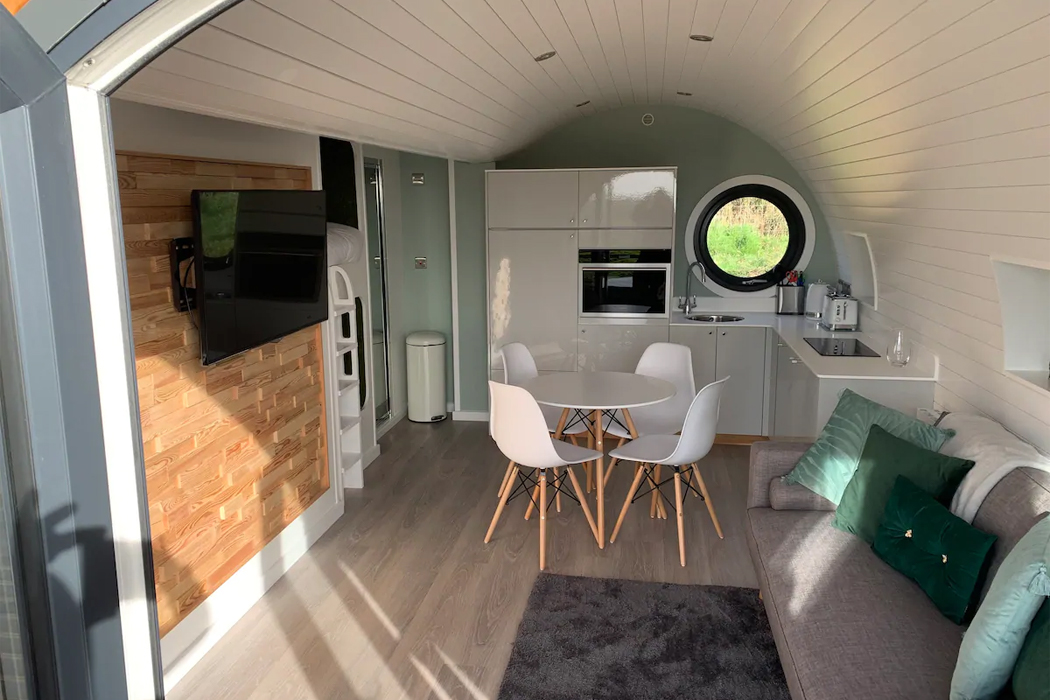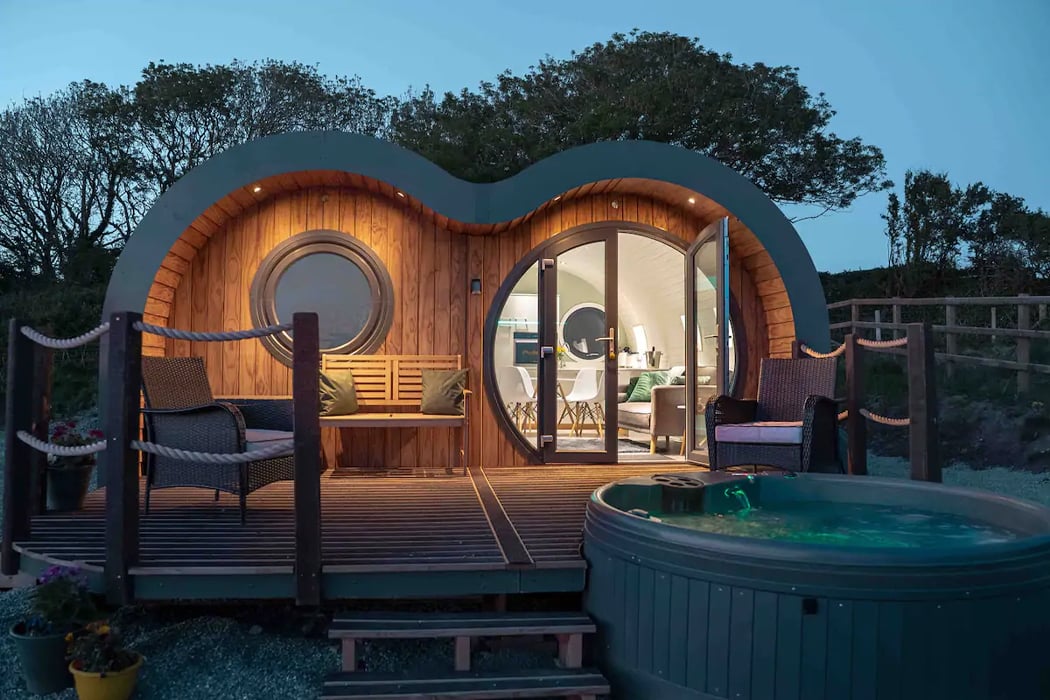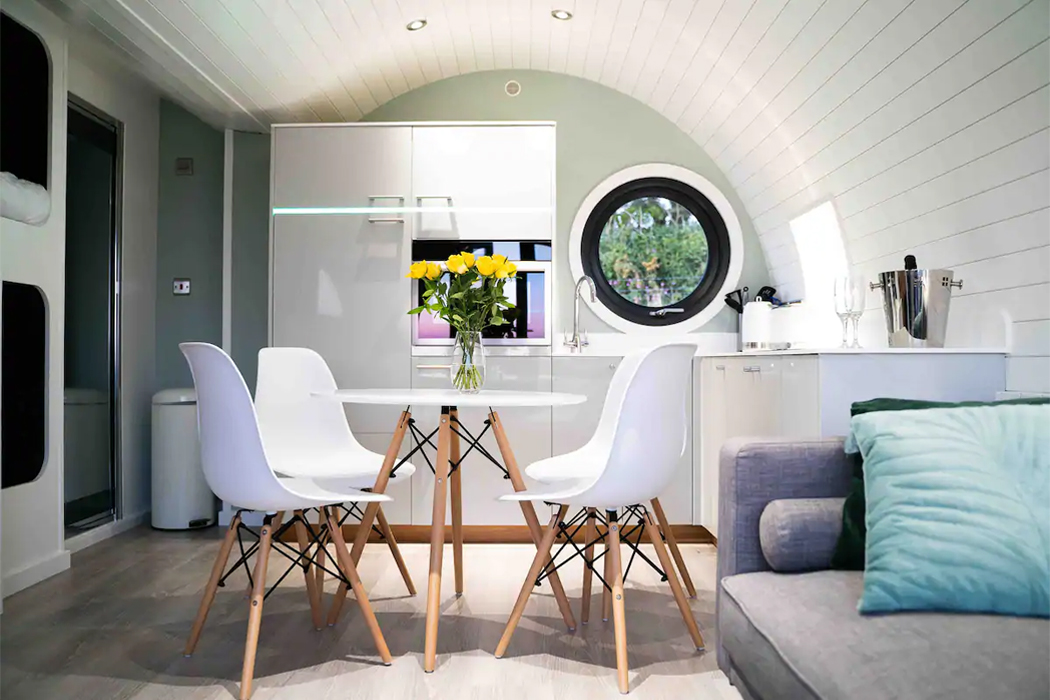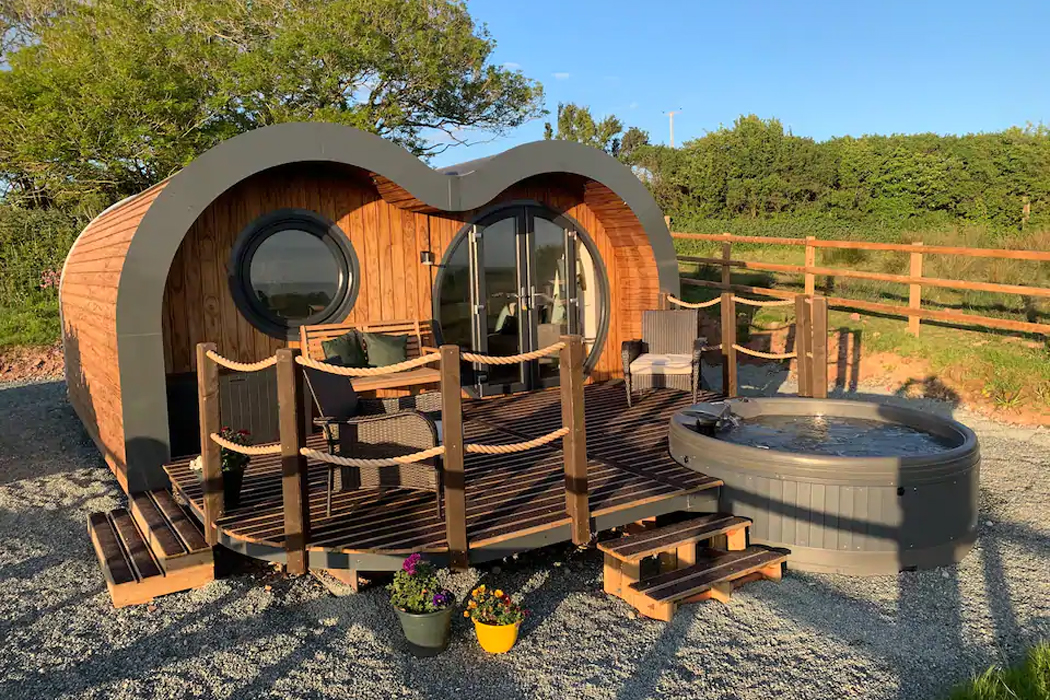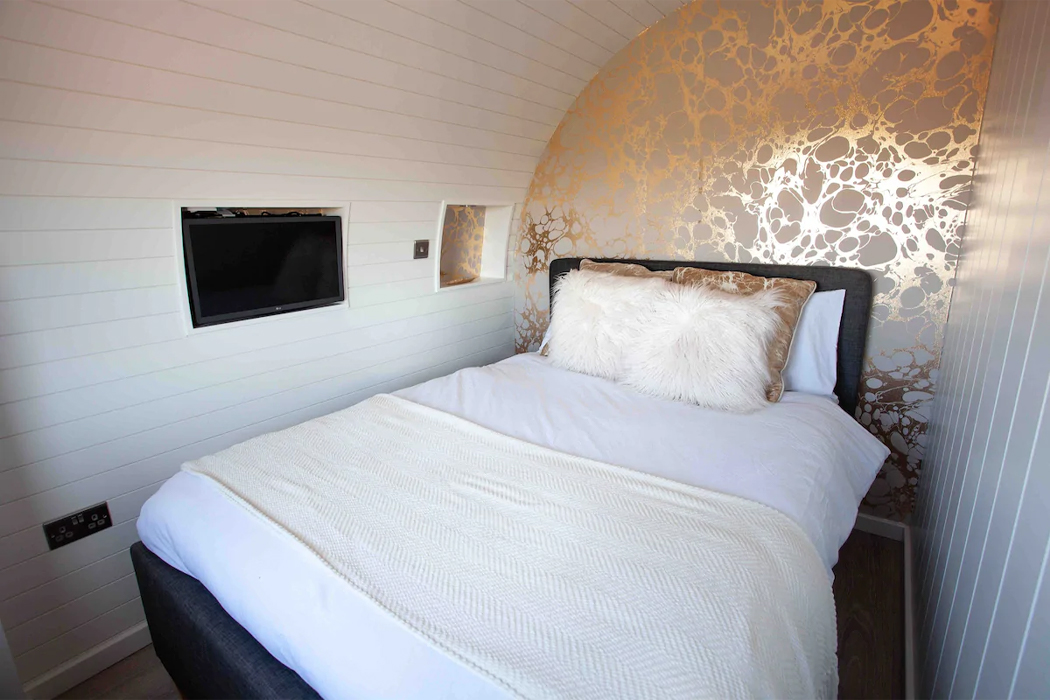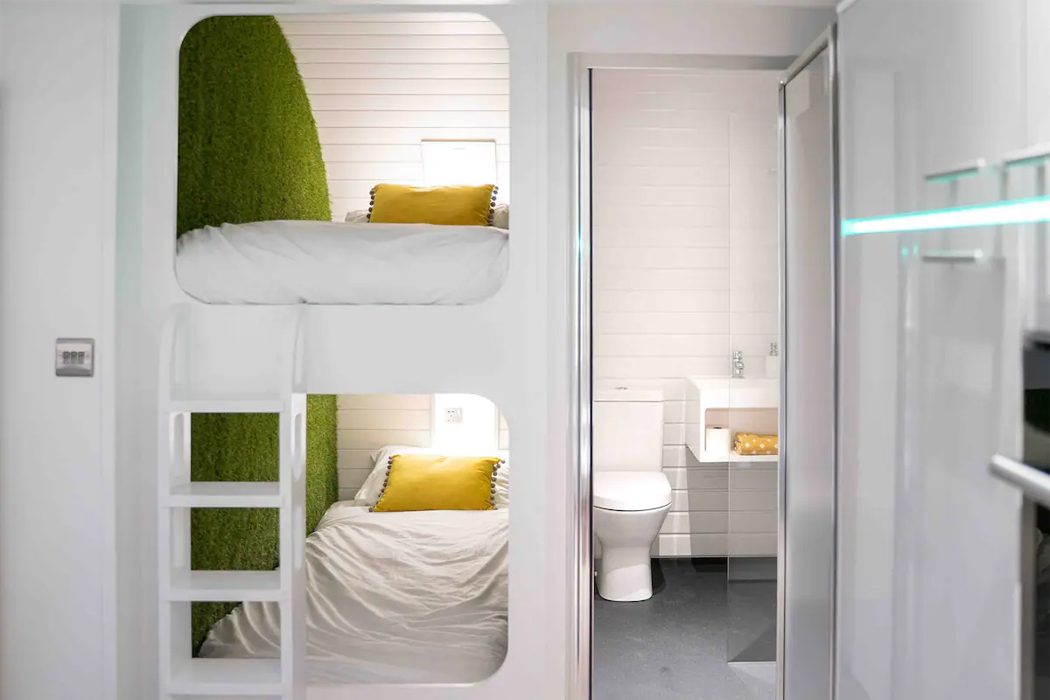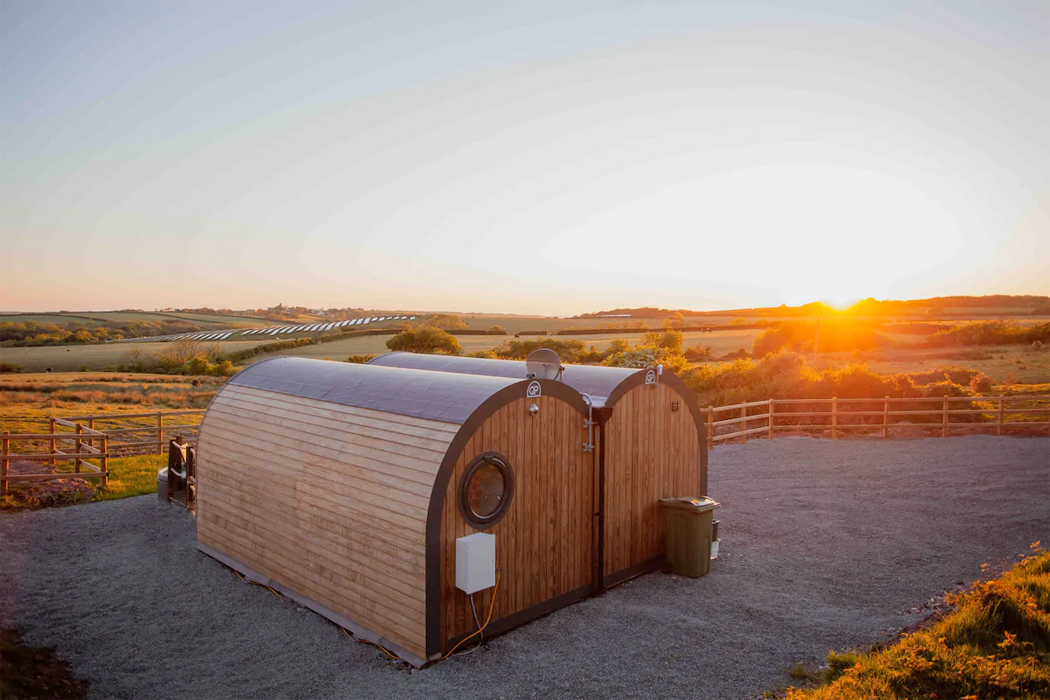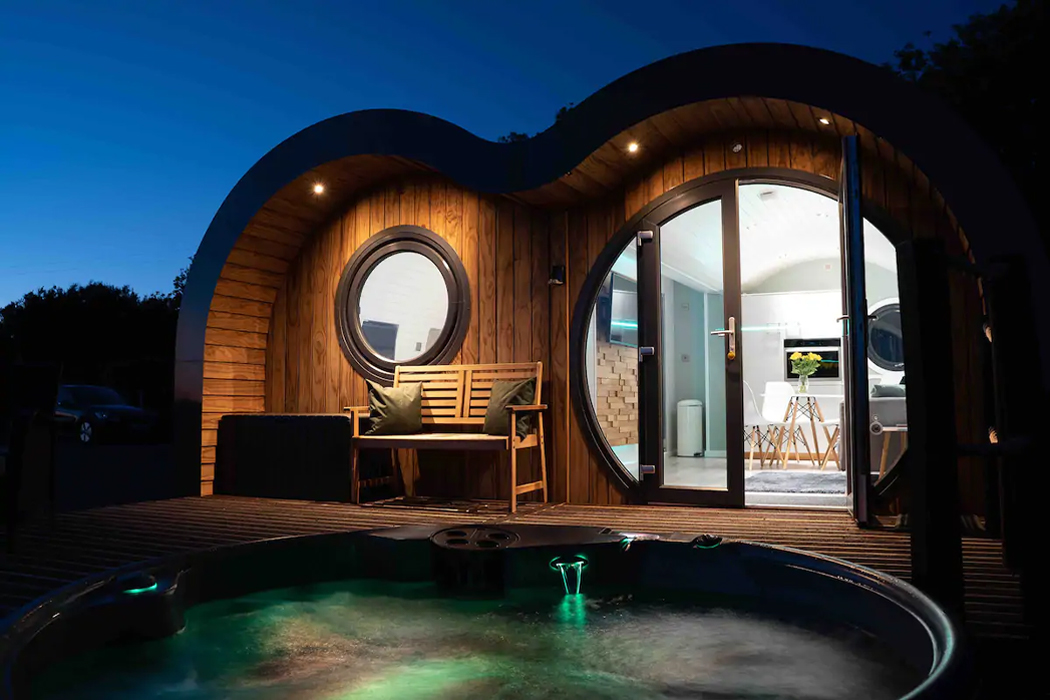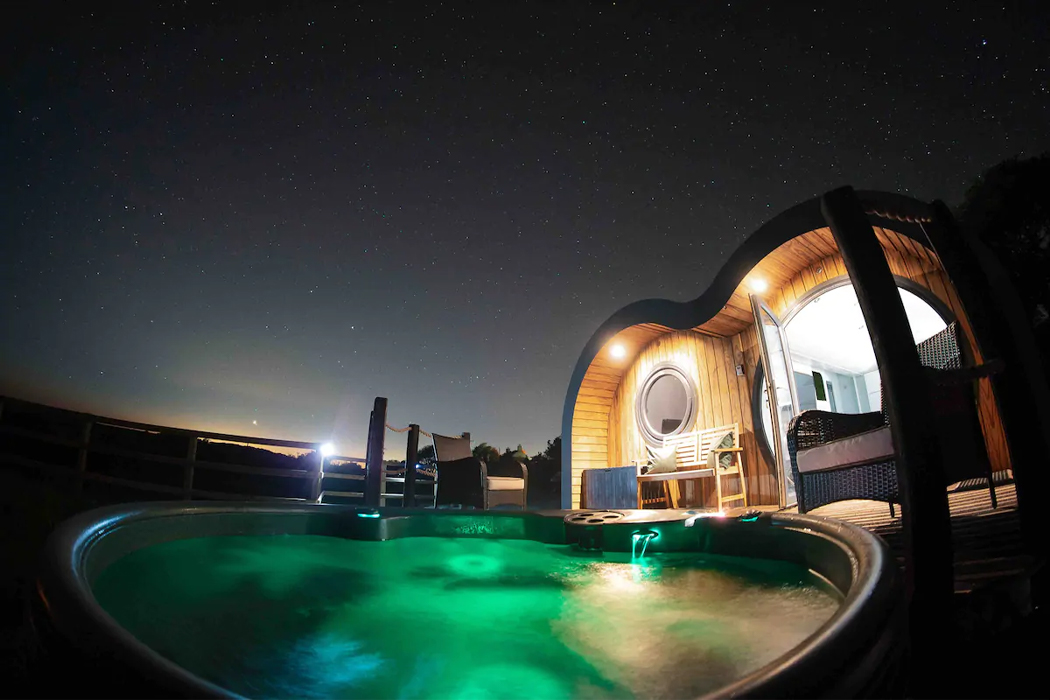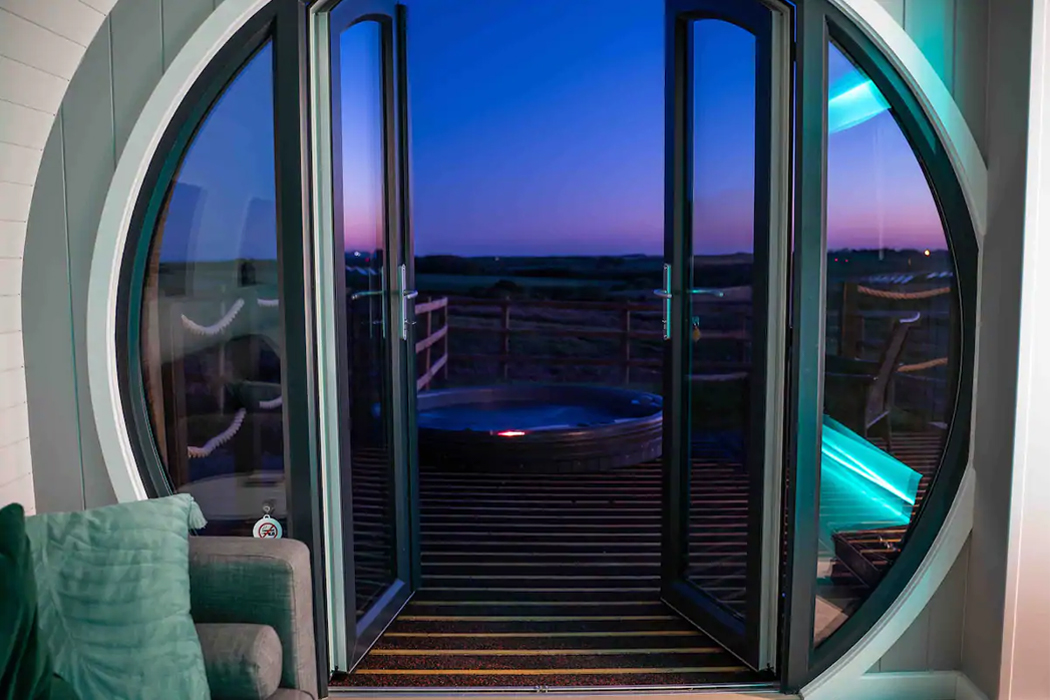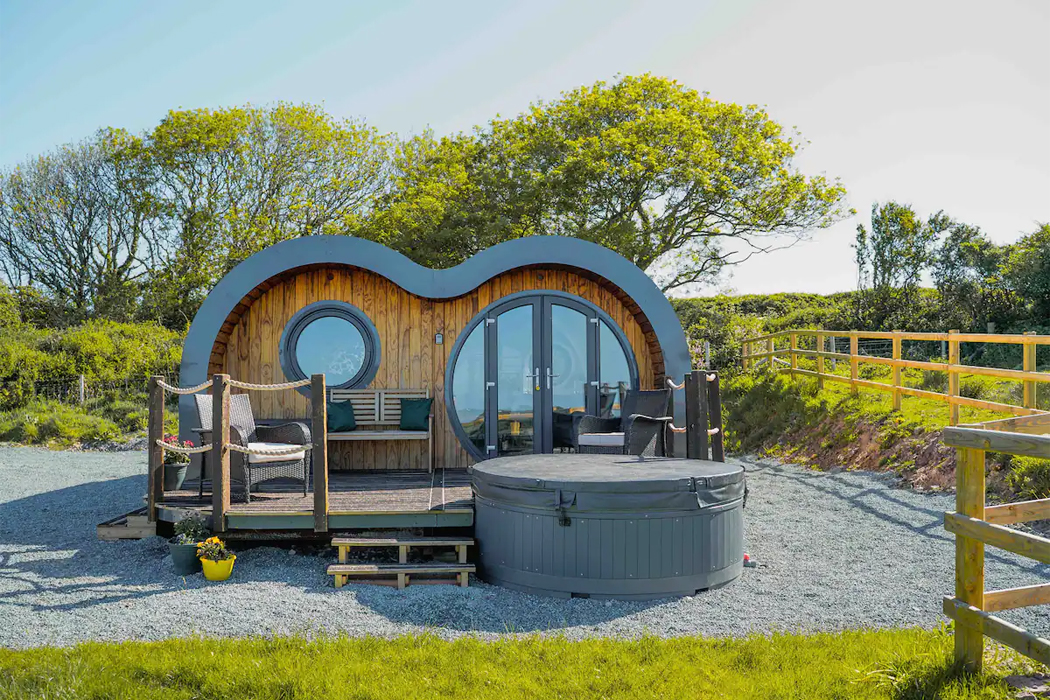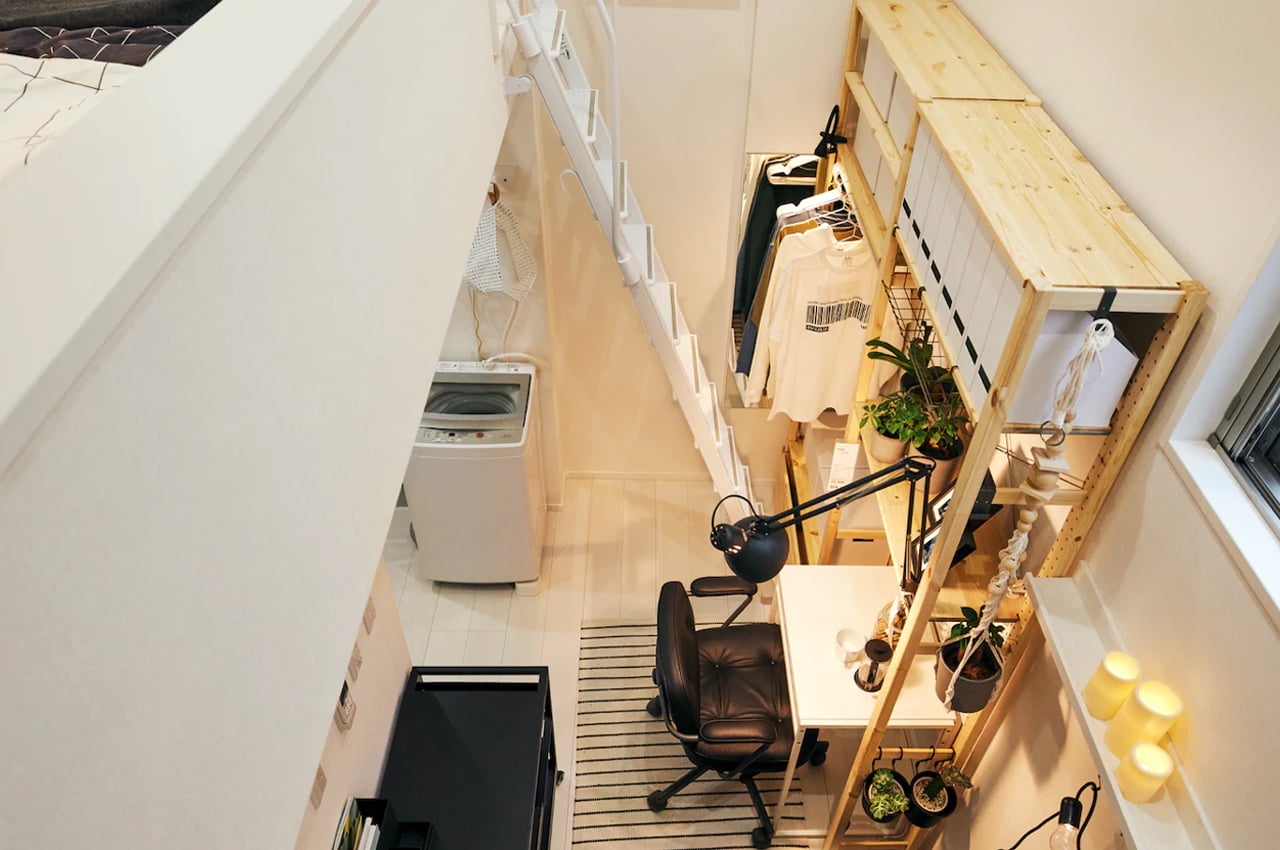
IKEA Japan launched a Tiny Homes campaign that finds a 10sqm apartment in Tokyo’s Shinjuku district to make full use of its floor plan through space-saving furniture and a vertical layout.
All over the world, micro-living accommodations have made staying in even the busiest of cities possible. Tokyo, the most populous city in the world, has made strides in micro-living accommodations, from capsule hotels to shared living spaces.
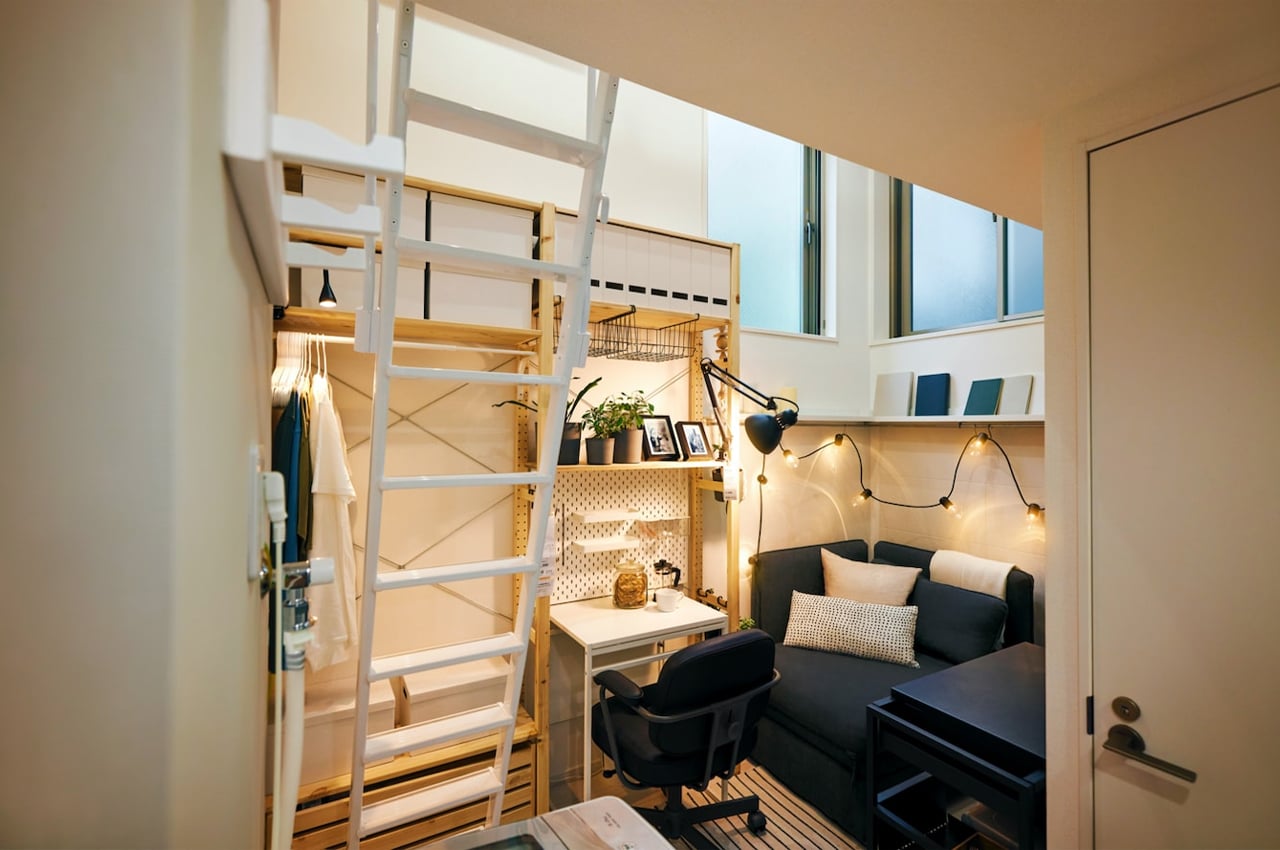
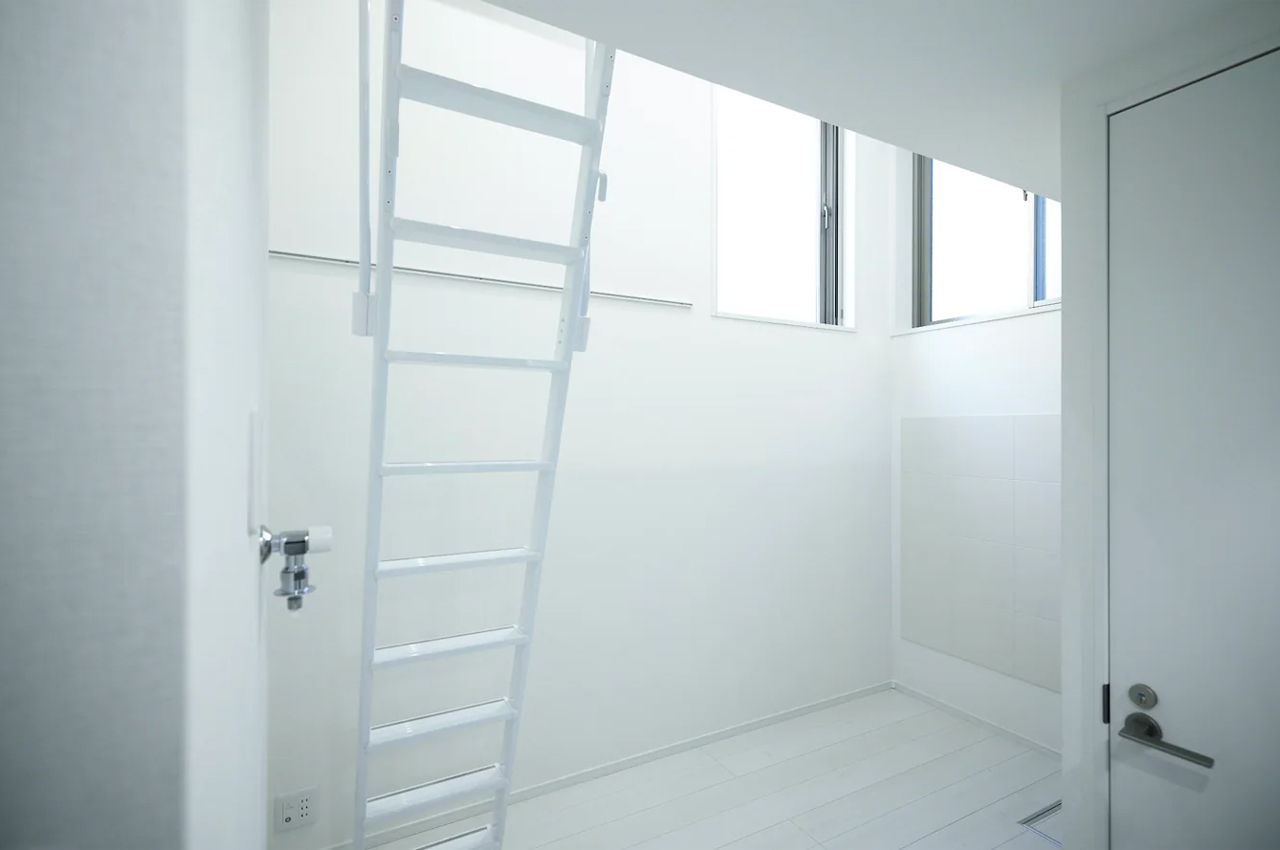
Considering Tokyo’s populace of 14 million, it’s safe to say the city’s residents are familiar with tiny living solutions. As part of its Tiny Homes campaign, IKEA Japan has debuted a completely furnished 10sqm tiny apartment in the city’s Shinjuku district.
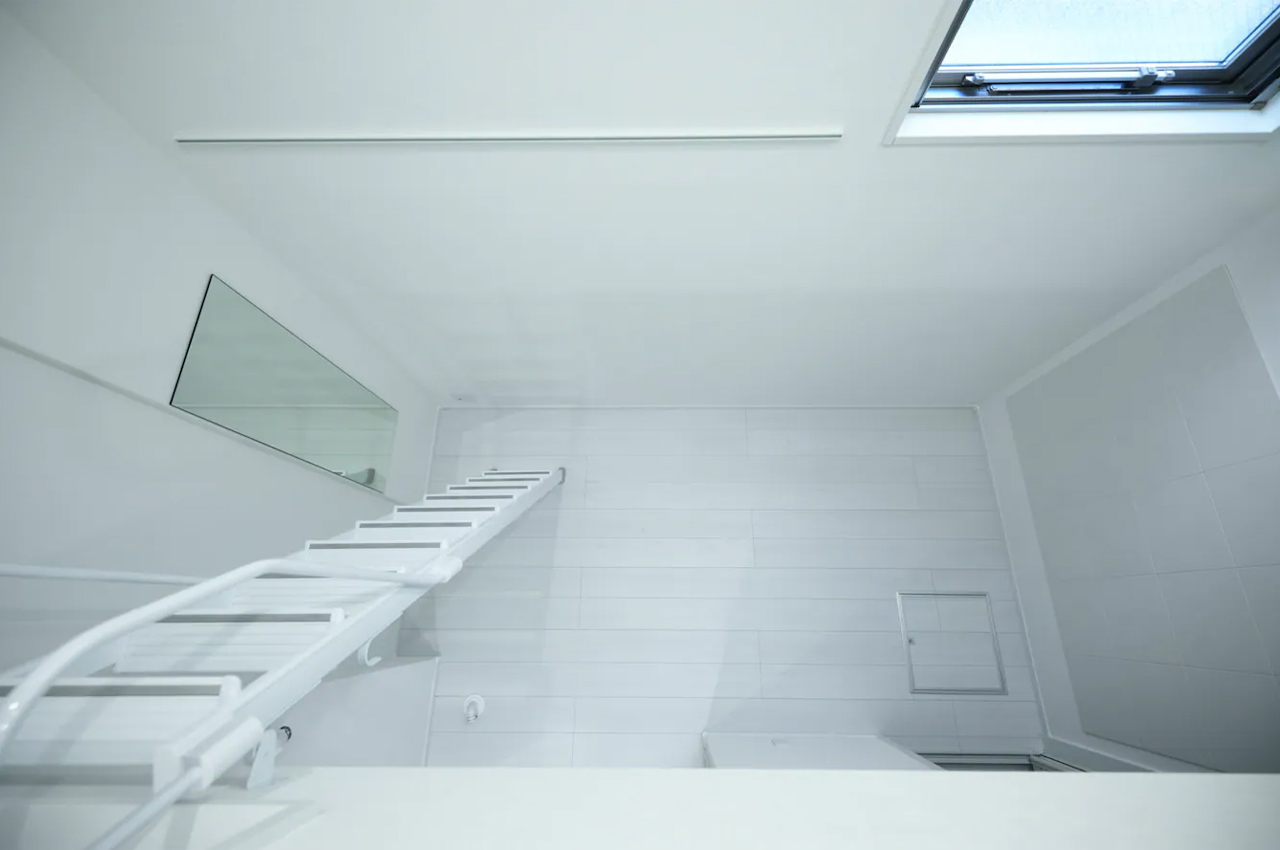
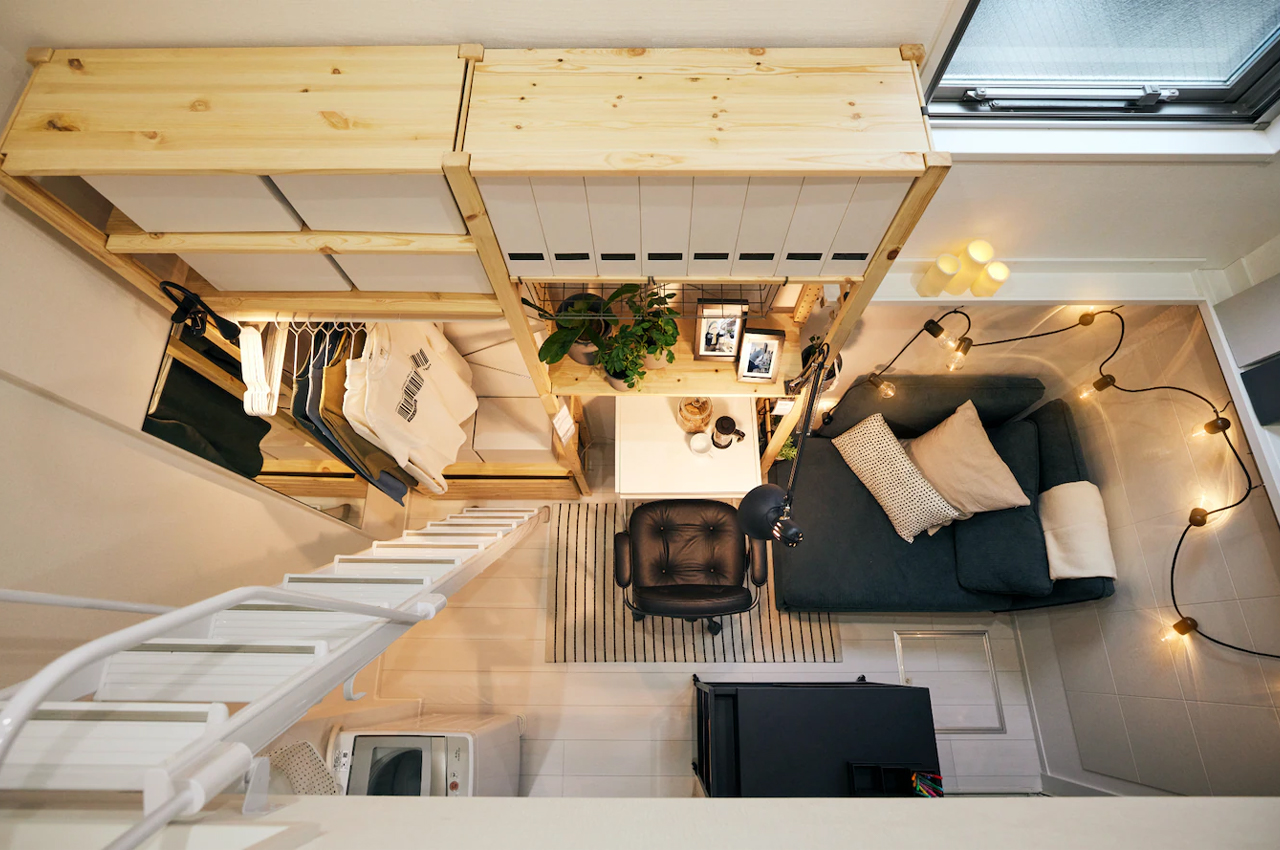
Known for its multifunctional furniture and convenient assembly, the IKEA brand’s living solutions come in all forms. Through its new Tiny Homes campaign, IKEA utilizes its collection of storage compartments and modular furniture to make the most out of tiny apartment spaces.
In the Shinjuku district, IKEA’s 10sqm apartment is organized vertically to make use of the floor plan’s lofty heights and furnished with an array of various space-saving furniture. Dividing the apartment into two levels, residents are greeted by the entryway, kitchenette, bathroom, and laundry machine.
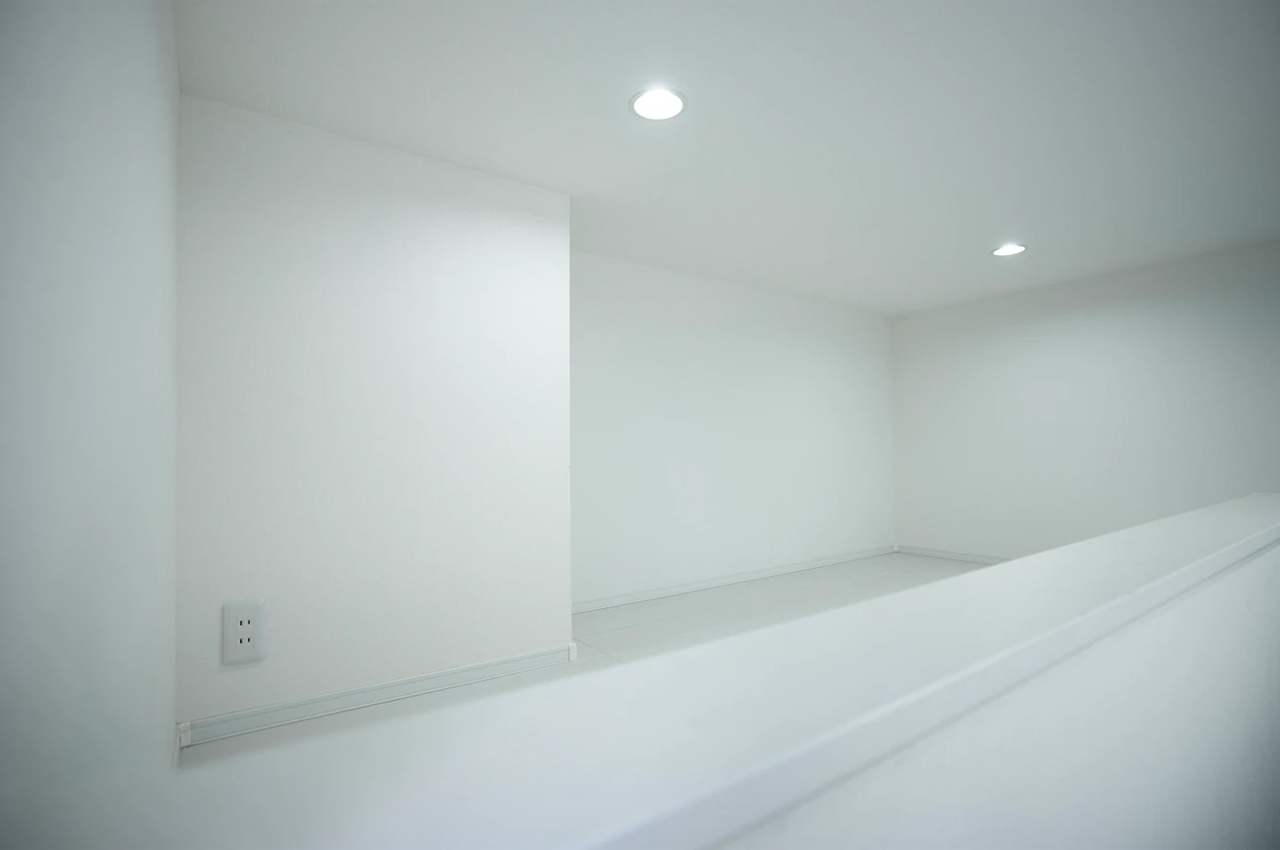

Bringing residents to the apartment’s sleeping mezzanine area, a step ladder connects the first level to the second. Throughout the home, storage pieces like the IVAR storage system and SKÅDIS shelf unit outfit the apartment’s desk to make full use out of the home’s working area. Customizable by design, the IVAR storage system makes it easy for residents to transform the desk to fit their taste, by adding and removing storage modules as needed. Other pieces, like a sleeper sofa and furniture on wheels, morph the tiny apartment into a space for entertaining, sleeping, or working.
Designer: IKEA Japan

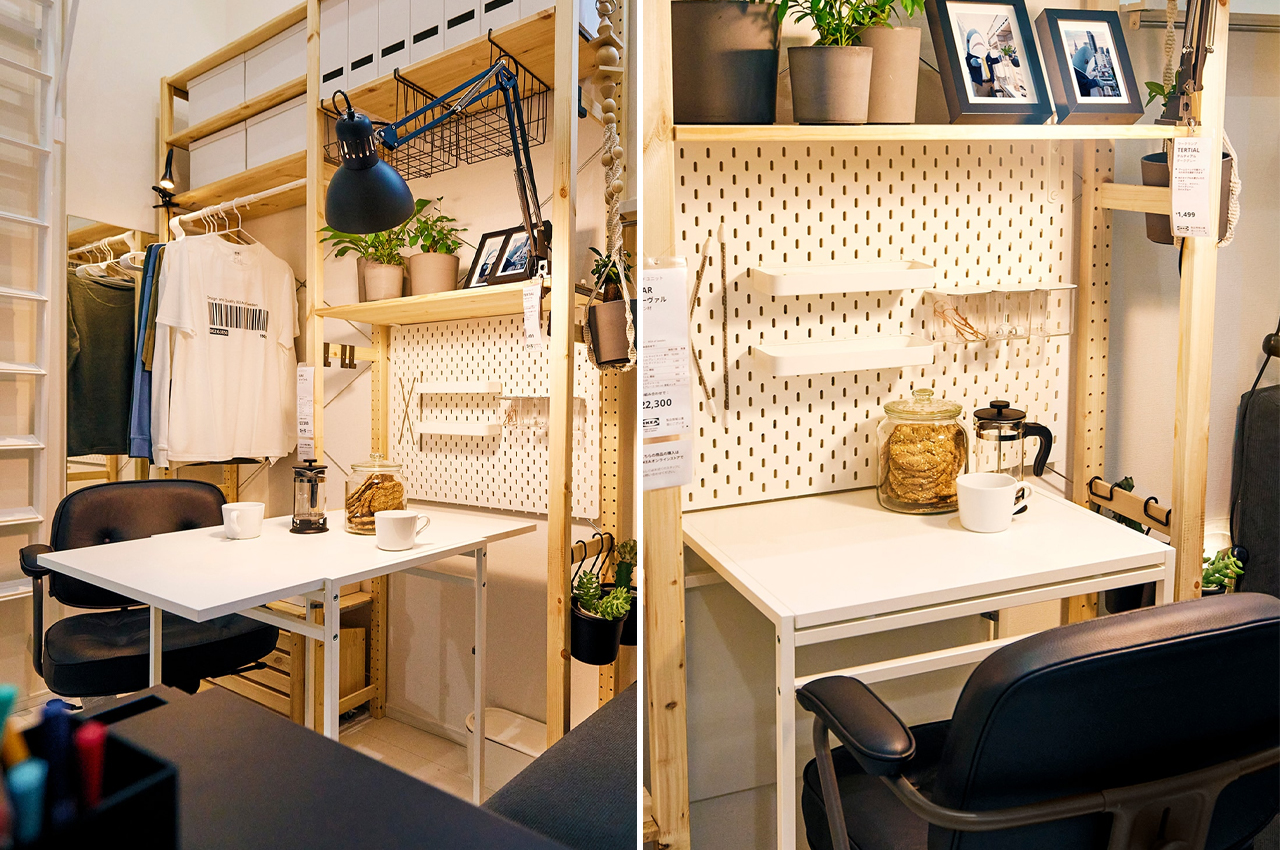
The post IKEA Japan’s new Tiny Homes campaign rents out a furnished 10sqm micro-apartment for only $1 per month! first appeared on Yanko Design.




